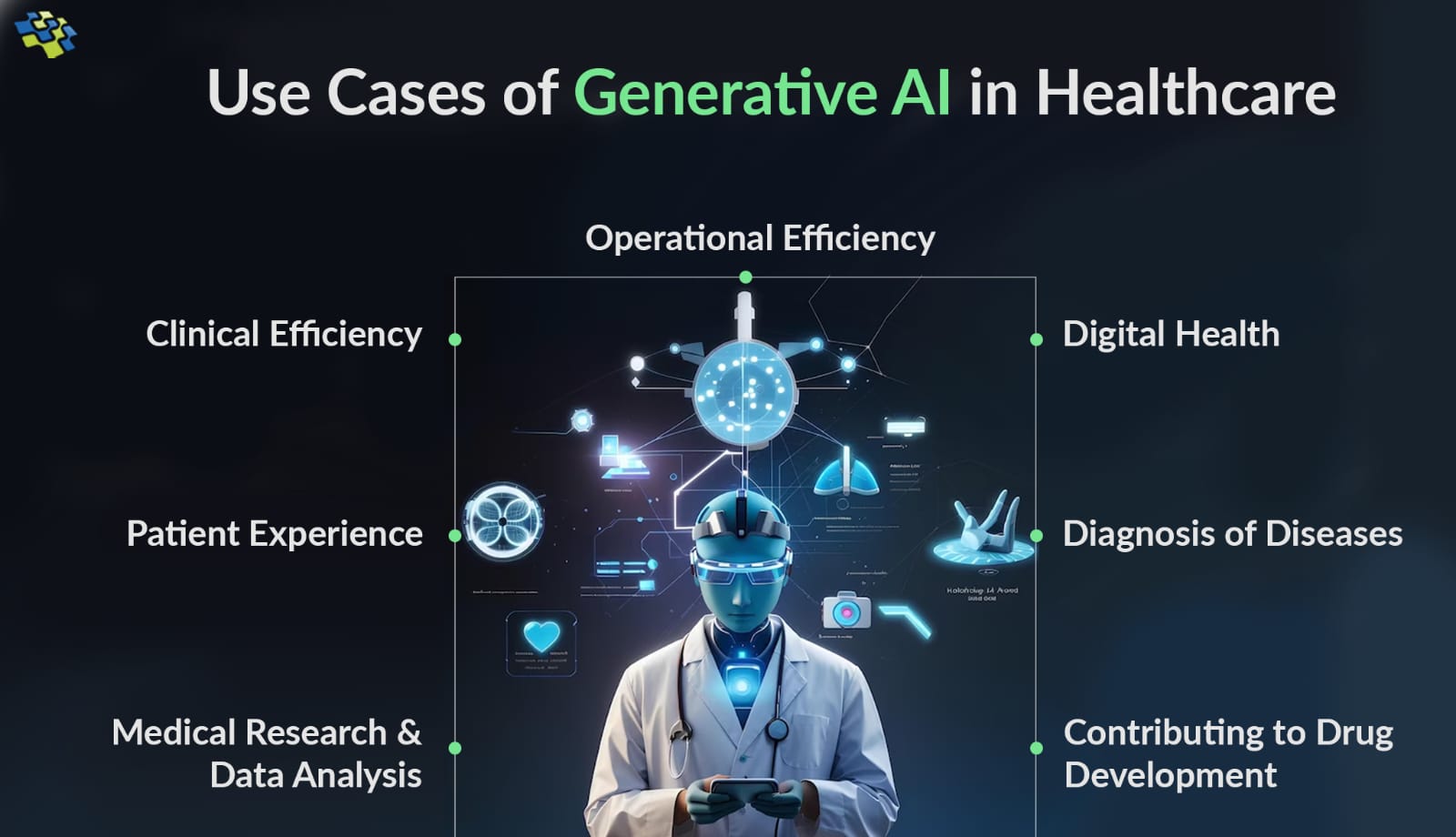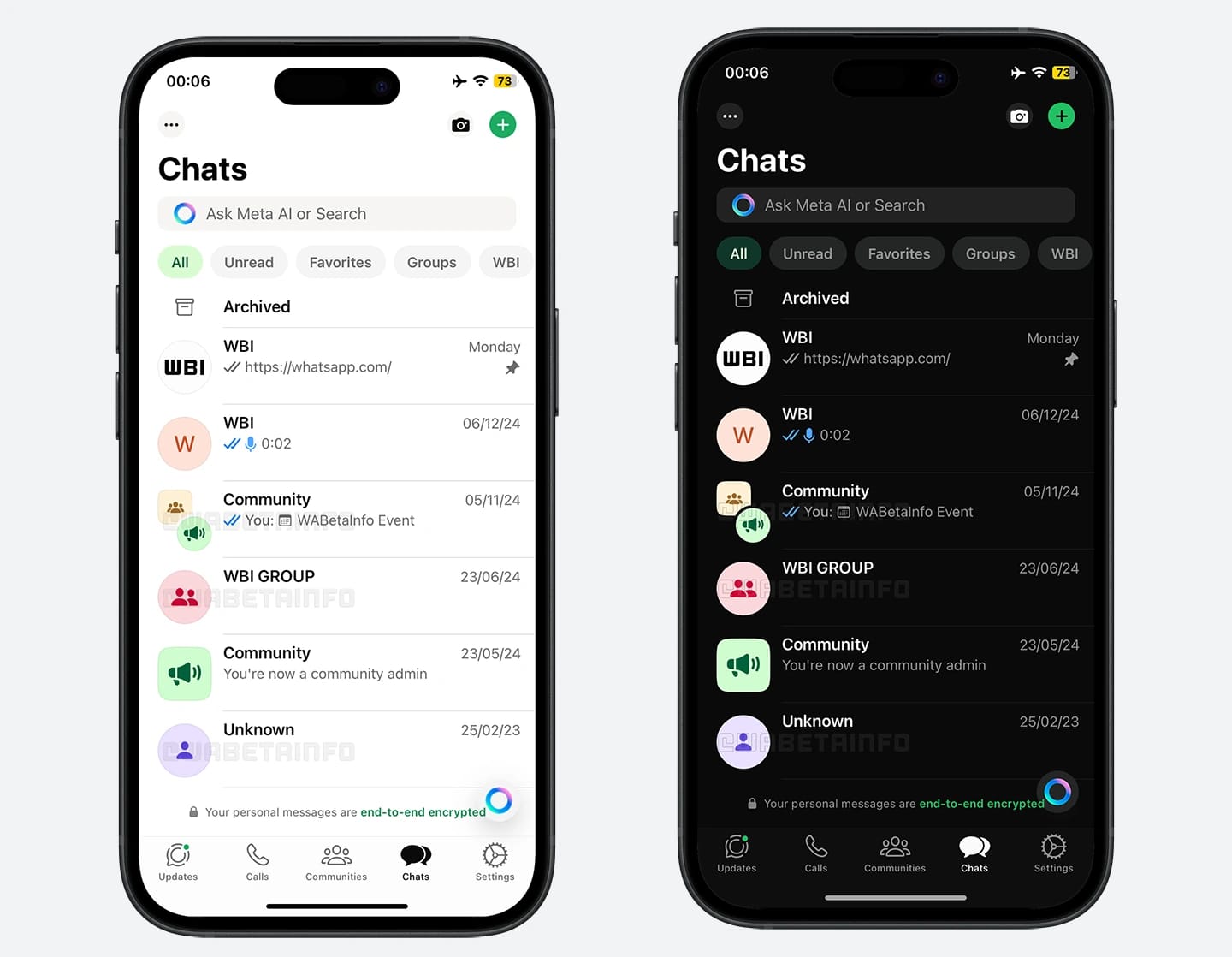Based on desk research and interviews with members of the government and industry, we have identified four key areas in which Artificial Intelligence (AI) solutions for healthcare are being developed. The deployment of AI is still at a very early stage, especially in the form of clinical interventions. Many of the use cases identified are still in the development and testing phase. Most of the use cases at the moment are in the context of decision-making support, process optimization being the next type and virtual assistance. An even more sophisticated use of Artificial Intelligence (AI) applies computer vision and is now being used for training Artificial Intelligence (AI) algorithms. It will thus be possible for AI algorithms to read X-rays and scans to support disease-identification and diagnosis processes. Only a few companies are developing surgical simulators, personalized health solutions and patient monitoring systems. Only a few interventions use NLP and speech recognition, which are crucial for addressing the country’s diverse linguistic and literacy needs. However, this is likely to change with increasing investment by large tech actors such as Google and Microsoft in developing these capabilities (The Times of India, 2019). Google, Microsoft and IBM have several partnerships with private hospital groups such as Narayana, Apollo and Fortis, as well as state governments in India. These are working on a number of solutions, including Artificial Intelligence (AI) systems for hospital management, disease detection and prediction, as well as Artificial Intelligence (AI) service delivery in remote areas (Sinha, 2018).
The four areas in which interventions are being developed are as follows:
1. Disease Detection And Diagnosis
ML is also being used to build decision-support systems for diagnosis, as well as predictive systems for prognosis. Computer vision and DL models are now being used to read medical scans such as X-rays, CT scans, PET scans and ultrasound scans. Artificial Intelligence (AI)-based systems are increasingly being used to detect tumours at an early stage of the disease itself – for example non-invasive, non-touch and non-radiation approaches in detecting breast cancer. Cancer recurrence can be predicted through risk scores. Artificial Intelligence (AI)-based applications are also being developed and used to create systems that can analyse images of blood. For example, SigTuple is using an Artificial Intelligence (AI) platform called Manthana for automated analysis of blood smears as well as digitisation of blood, urine and semen samples (ET Rise, 2018). Researchers at one of India’s leading government hospitals have developed a device that uses thermal imaging and AI-based tests to predict the onset of haemodynamic shock. Artificial Intelligence (AI) systems for tuberculosis diagnosis and DR systems are also under development. Platforms such as OnliDoc and Lybrate are also using Artificial Intelligence (AI) methods to provide virtual assistance and diagnosis remotely. OnliDoc uses AI for symptom screening and treatment selection (Misal, 2018).
2. Process Optimization
Machine learning processes are being designed to generate new efficiencies in hospital bed management and insurance claims processing. Some online portals that assist in locating a doctor, storing health records, or accessing medication use ML to improve efficiency in such processes. Others use ML to automate first-level screening of symptoms, locating doctors, and scheduling appointments. Optical character-reading systems are also being used to scan prescriptions and check prescribed drugs against inventory. ML is also being developed for bed management and planning, to predict rates of ‘patient churn’ (turnover of beds), to optimize the use of beds in hospitals.
3. Patient-Facing Applications
Chatbots are increasingly being used as conversational agents to interact with patients. For example, the online platform MFine handles over 15,000 cases per month – almost the number of patients handled by Manipal Hospitals, one of the largest traditional hospital groups in Bangalore. Many large hospitals now use chatbots to schedule appointments, interact, and collect basic details and symptoms before assigning the case to a doctor. In the case of mental health, chatbots are used as the first level of intervention in terms of behavioral coaching and are also being used to tackle loneliness. Systems are also being developed for monitoring or tracking patient progress. In one instance, AI-powered analysis of camera feeds was used to identify emotional reactions and patient fatigue to better monitor patients during the treatment process and alert medical staff. Sensor data is also being applied to monitor patient recovery and medication response after surgery or treatment. Wearable sensors and AI-based solutions are being designed to measure important vital signs to provide actionable insights to doctors.
4. Medical R&D And Training
While at a much earlier stage of development, DL techniques are being adapted to gain molecular insights for drug discovery. Constantly updated surgery simulators are also being developed to train doctors for spine and knee surgeries. A surgery simulator centre recently opened in Delhi. The main sources of data for developing these systems are historical data held primarily within research institutes, non-profit organisations, and medical service providers. In some cases, data is collected by developers through other platforms or healthcare services they already provide. For example, a healthcare platform that will enable doctor search, online consultations, and online medical shopping will then use user data captured on their platform to build Artificial Intelligence (AI) systems to optimise and automate certain operation pipelines – doctor-to-patient matching, and doctor search based on location data – in their services. This is because open-source data trains models on more general aspects of conversation capability or image recognition, by looking at data available in the public domain for such models.
However, since there are very few deployments on robust medical datasets in India, start-ups mostly use publicly available datasets in the US and Europe. If Artificial Intelligence (AI) algorithms are a small part of their system, or they do not have in-house capabilities, developers use models available with cloud providers like Google, Microsoft, and Amazon. In some places, new data is being collected through field experiments; an example here is Wadhwani Artificial Intelligence (AI), which is trying to build a model that will predict and document baby weight at birth for a public health census (Goyal, 2019). In addition, several start-ups and initiatives have been launched to provide personalized health. Bangalore-based health and wellness start-up Healthy offers personalized health suggestions with the help of predictive analytics, algorithms, and ML for personalization.
Similarly, IBM Watson, a cognitive-computing platform for oncology, has been integrated at Manipal Hospitals to enable physicians to discover customized cancer treatments.
Read Also:
- Artificial Intelligence (AI) In Healthcare In India
- Ethical, Legal And Other Challenges In The Use Of Artificial Intelligence (AI) In Health Care
- Challenges And Precautions Of Using Artificial Intelligence (AI) In Healthcare
- Future Prospects Of Artificial Intelligence (AI) In Education
- Future Prospects Of Artificial Intelligence (AI) In Education








Leave a Reply